Can the Māori Connection to Antarctica Help Safeguard the Continent’s Future?
Indigenous ties to the bottom of the world go back more than a millennium, and could point the way forward.
It was a strange place: the edge of a frozen ocean with mountainous waves and bare rock summits that pierced the sky. Creatures dove deep into the dark waters. As the waka, or dugout canoe, sliced through this cold sea, its crew noticed a woman’s long tresses floating in the waves around them. Such details, preserved for nearly 1,400 years, come from a tale of exploration by the Polynesian navigator Hui te Rangiora, who set out from Rarotonga, the largest of the South Pacific’s Cook Islands, around the year 650. His intended destination is unclear—perhaps New Zealand, 2,000 miles to the southwest, or maybe he was following migrating whales—but what we know is this: Hui te Rangiora and his crew arrived in unfamiliar waters. He named the place Te tai-uka-a-pia, translated as “frozen ocean” or “sea foaming with arrowroot” (the rhizome’s flesh resembles snow), and returned home with descriptions of what are believed to be icebergs, marine mammals, and bull kelp floating in subantarctic and Antarctic waters.
Around the 13th century, as waves of Māori groups from East Polynesia settled the islands of New Zealand, the seafarer Tamarereti also sailed far to the south, and witnessed the aurora australis, or southern lights. Like Hui te Rangiora’s experience, Tamarereti’s journey, along with navigational and astronomical knowledge of the greater Antarctic region, is preserved in Māori carving, weaving, and oral traditions. Archaeological research on subantarctic islands confirms a human presence going back to at least the 14th century, and possibly much earlier. Yet, for decades, the names most closely associated with Antarctic discovery have been European: Scott, Amundsen, Shackleton.
Thanks to the 1959 Antarctic Treaty, which designated that the seventh continent be used exclusively for peaceful purposes, including scientific research, Antarctica enjoys special status. But the framework of that status was designed and implemented by the same Western nations that raced south to plant their flags on its icy expanse; some countries and industries still see Antarctica and the surrounding Southern Ocean as resources to be mined, fished, and otherwise claimed. Now, a growing chorus calls for a new framework or, rather, a very old one. In New Zealand, a group of scientists, historians, and other scholars are asking the global community to consider how the first known people to explore the region viewed it, and how their traditions might guide its future.

“Imperialist narratives are all about sighting a place first, charting it, sticking a flag in it,” says Billy van Uitregt, who focuses on environmental and social policies at Wellington’s Victoria University. Van Uitregt is a coauthor of a commentary recently published in Nature Ecology & Evolution that outlines ways traditional Indigenous concepts of stewardship and connection could inform the management and protection of Antarctica. “Our work maps a conversation that shifts the narrative to be one not about establishing connection to assert right, but to understand our responsibilities.”
Sandy Morrison, who was not part of the recent commentary, echoes its sentiment. “Physical sciences and Indigenous knowledge systems must work together to find solutions,” says Morrison, who is acting dean for the University of Waikato’s Māori and Indigenous Studies program. She is currently collecting oral histories about Antarctic exploration. “We are not just thinking of Antarctica as an ecosystem within itself, but as an ecosystem that connects to the wider Pacific Ocean and land within it. Everything is interconnected.”
Details of the earliest known voyages to the Southern Ocean live on today in mātauranga Māori, “knowledge and wisdom that’s passed down from our ancestors, that’s all around us, that we can take in and pass on to our descendants,” says Jacinta Beckwith, a former mātauranga Māori librarian at the University of Otago who coauthored both the Nature Ecology & Environment commentary, published in May, and an overview of Māori connections to Antarctica, published in June in the Journal of the Royal Society of New Zealand. In addition to oral histories, she notes that the voyages of Hui te Rangiora, Tamarereti, and others have been preserved in intricate carvings called toi whakairo and woven tukutuku panels. “It’s another way of storing knowledge, before the written word,” says Beckwith.
Morrison adds that there is also an ancient haka, still chanted today, that describes early exploration of the Antarctic region. “It speaks to the journey of Hui te Rangiora to an area where it is cold, and where the landscape (includes) spiky, mountain-like geographical features,” she says.
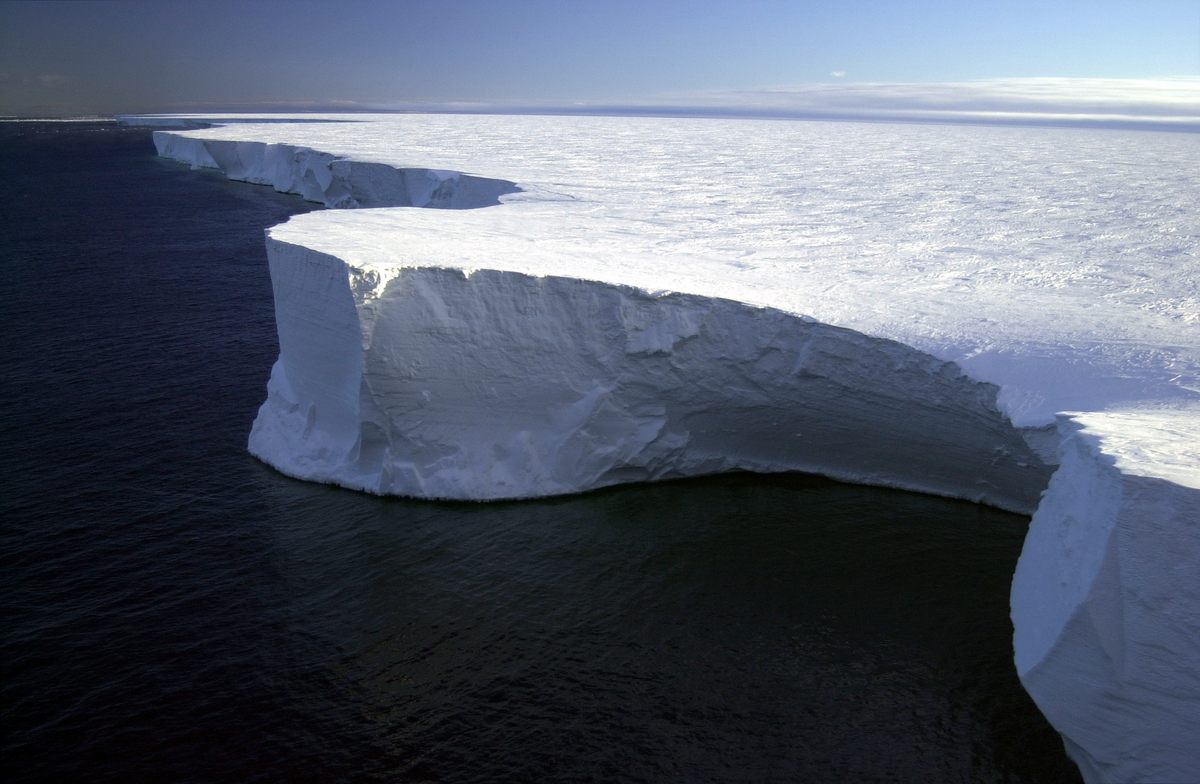
Archaeological sites on the subantarctic islands scattered between New Zealand and Antarctica corroborate that humans spent time in the area long before Captain James Cook and Resolute crossed the Antarctic Circle in the 1770s. On Enderby Island, about 300 miles south of New Zealand, Polynesian seafarers and their dogs spent at least one summer at Sandy Bay in the 13th or 14th century, leaving behind bones of the seals, sea lions, and birds, including penguins, that they ate. More than 500 miles southeast of New Zealand, on Antipodes Island, pottery shards found in the 19th century—undated but ancient in design—suggest an even earlier presence in the region.
While an early Indigenous presence in Antarctica is well-documented in Polynesian oral histories and art, particularly within Māori traditions, these stories remain mostly unknown to the global audience. The team behind the recent Nature Ecology & Evolution commentary, and its companion historical overview, hope to change that. It’s part of a recent New Zealand government initiative, Vision Mātauranga, to foster greater connectivity between scientific and Indigenous knowledge systems and traditions. Conservation biologist Priscilla Wehi leads the initiative, and the team behind both recent papers.
The team’s proposals include exploring legal personhood for the continent; over the last decade, as part of an effort to protect and preserve, New Zealand has granted legal personhood status to the Whanganui River, Mount Taranaki, and other culturally significant and environmentally threatened natural features within its borders. The designation means that appointed guardians, including local Māori communities, have legal authority to act in the entity’s best interests, including restricting development and other commercial use. Securing the same status for Antarctica, which does not legally belong to any nation, would represent a much bigger challenge.
While a campaign for legal personhood for the continent remains theoretical, Wehi and her colleagues hope their call to reframe how Antarctica is seen by the global community will inform future policies. The Antarctic Treaty first signed in 1959 will likely be reviewed around 2050, and other protections, such as proposed or expanded restrictions on fishing and other activities, continue to be put forth.

The team behind the commentary believes the key to safeguarding Antarctica lies in seeing it through the lens of Indigenous values, such as the Māori concept of kaitiakitanga, a kind of stewardship that “represents one way in which human-human and human-environment relationships and responsibilities are negotiated and regulated,” says coauthor Krushil Watene, philosopher and associate professor at Auckland’s Massey University.
Watene, whose work focuses on sustainability and the importance of Indigenous and other local communities in charting change worldwide, adds that concepts such as kaitiakitanga are not rigid. They developed, after all, within a seafaring culture accustomed to changeable conditions, “adapting to different environments as they traveled across the Pacific,” she says. These millennia-old concepts retain “the ability to incorporate new ideas and innovative methodologies in fundamentally different situations.”
Beckwith agrees: “Thinking of ourselves as kaitiaki [guardians], we don’t own the space, but we care for the space for those who come after us.”
While cooperation and interconnection are concepts written into the 1959 treaty, in reality, policies about Antarctica’s conservation and management are still decided by the signatory nations, which each tend to act in their own interests. Russia and China in particular have tried to circumvent the treaty, attempting to expand or initiate fishing and mining operations claimed as research projects, and have resisted establishment of marine reserves and other protected areas. Recentering Antarctica in an Indigenous framework, including legal personhood, could, say the commentary coauthors, finally elevate management of the continent above the fray of sovereign nations jostling for their slice of the landmass and surrounding waters.
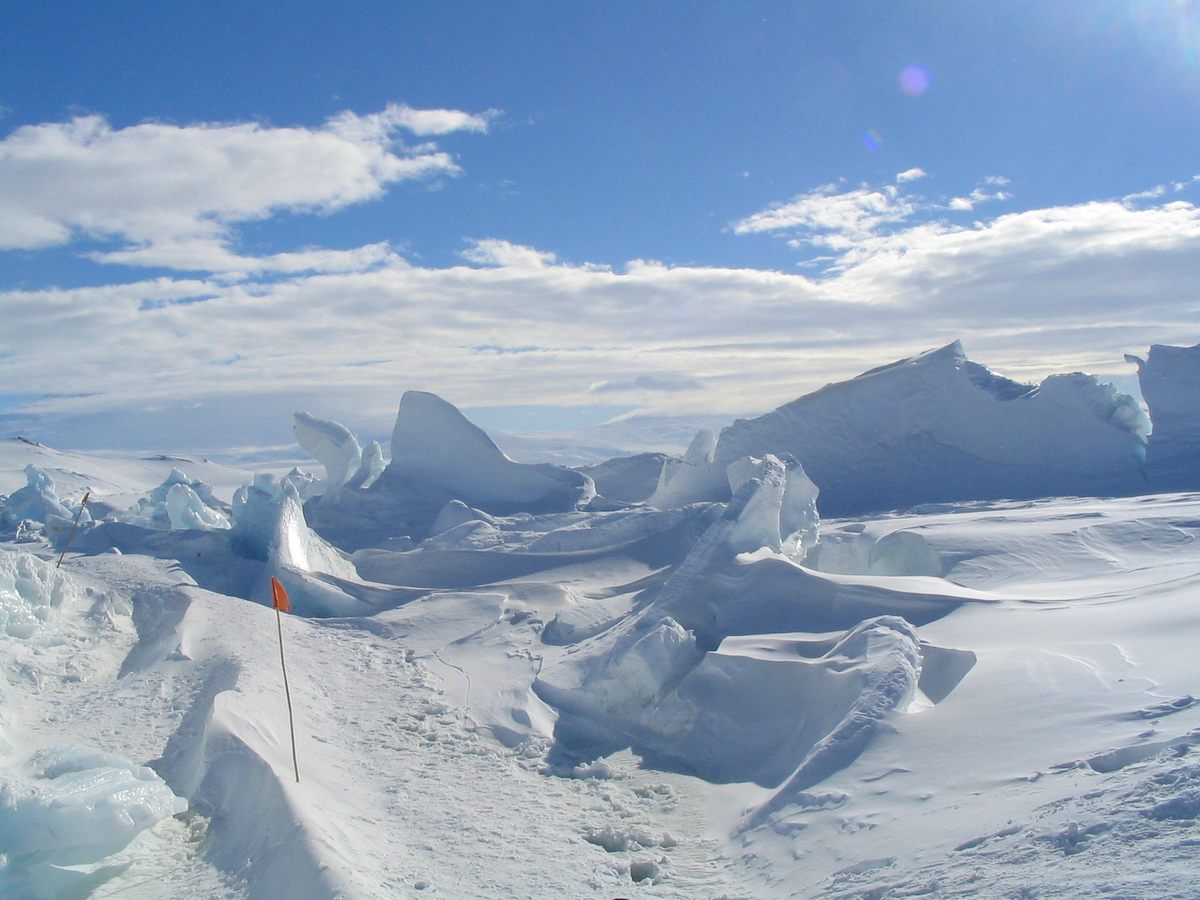
Wehi and her team, and other scholars, including Morrison, believe protection and responsible management of Antarctica, informed by Indigenous traditions and values, is more important than ever in the face of climate change.
Antarctica is often described as a leading indicator for interconnected climate challenges, such as increased temperatures and sea level rise, and the alarms of this early warning system have been blaring for a while. “What is happening in Antarctica gives us a lot of information about how the future climate might change,” says Wehi. “Ultimately, what happens in Antarctica will affect all of us, and especially those of us living in low-lying coastal areas.”
The seventh continent is also a bellwether for broader questions, says Watene. “Antarctica holds up a mirror of our priorities and values. We need to be honest about what we see, and that we need to be courageous enough to change the way we’re relating to that place, to all that it contains,” she says. “These are issues of justice—for communities, the rich network of nonhuman species, and for future generations.”
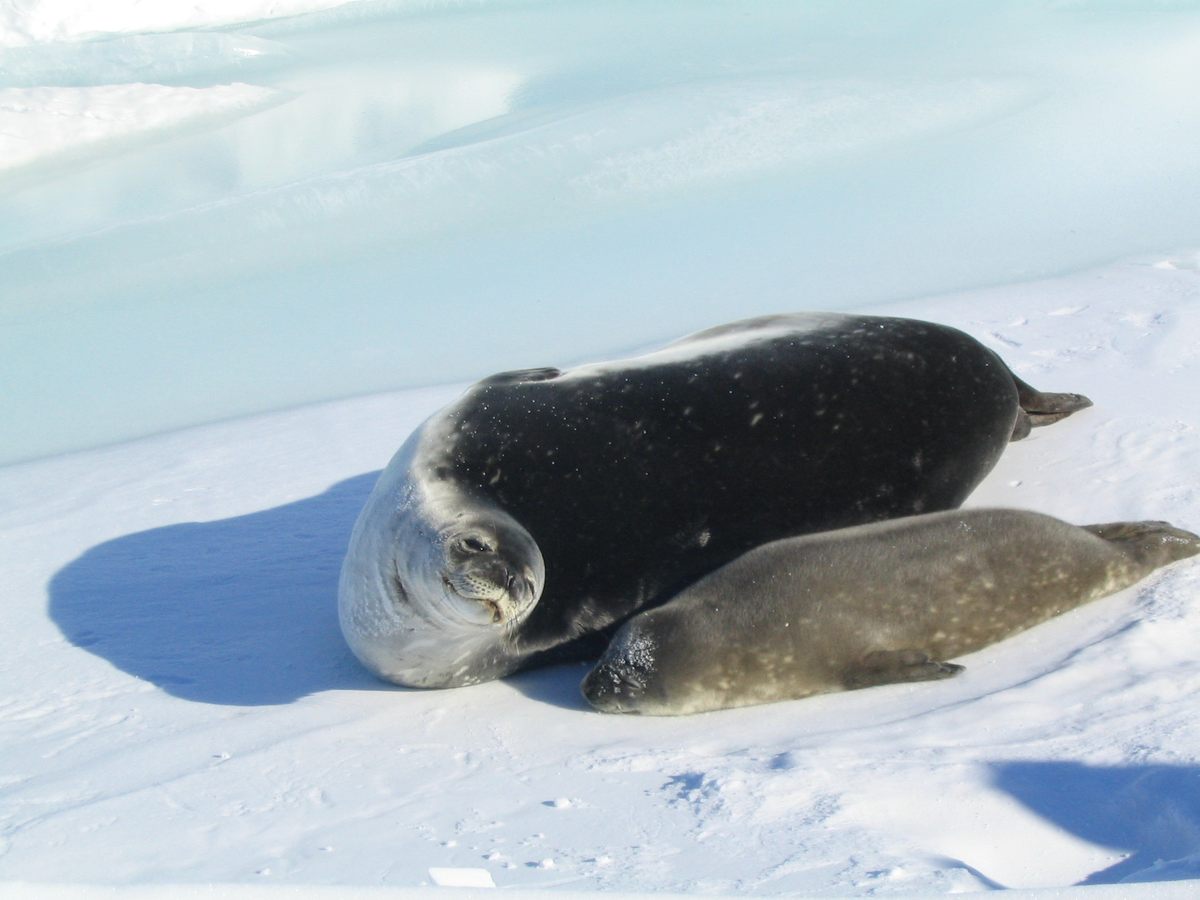
For Wehi, who has done field research in Antarctica, her mission to help bridge the past, present, and future of the continent is both personal and highly collaborative. “For myself, Antarctica feels elemental, and stripped back, where we as humans are a very small part of the web of life,” she says. “We are still learning about the importance of Antarctica in Māori traditions. I am looking forward to other researchers and tribal groups sharing their narratives and connections—this is just the start of the conversation.”
Morrison is also continuing a parallel project to gather oral narratives about Antarctica, or “kōrero tuku iho, which means ‘stories passed down.’” By its very nature, the work is open-ended. “There is no timeline,” she says. “When one gathers traditional stories, and works with tribal communities, then it is a never-ending journey.”
It’s a journey, and a conversation, that’s long overdue for a global audience. “In the Māori world, a famous saying speaks about walking into the future backward,” says Wehi. “Knowing and understanding the past informs how we go forward.”
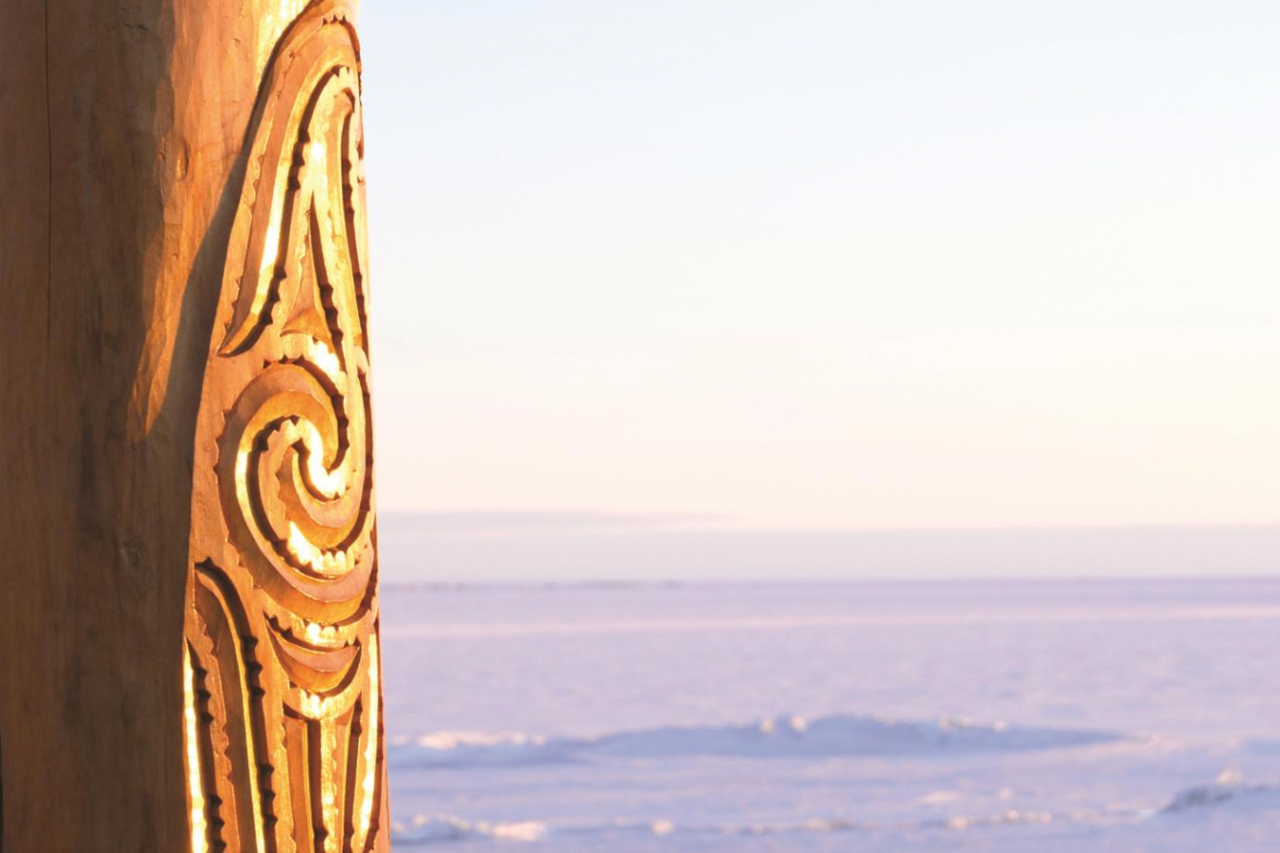

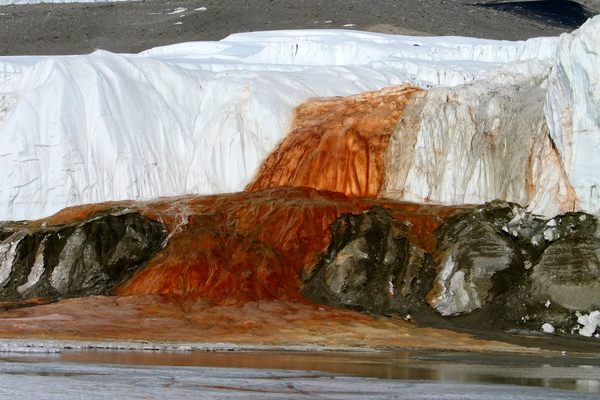
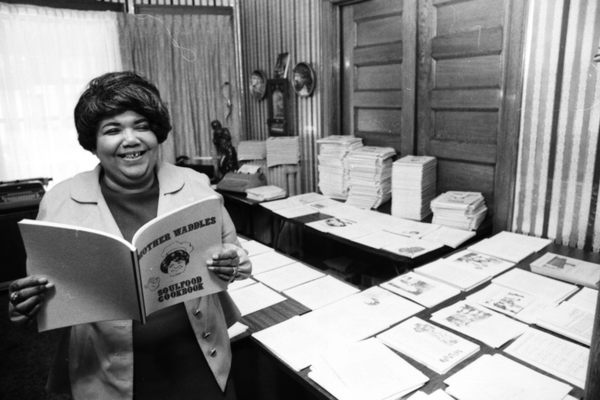


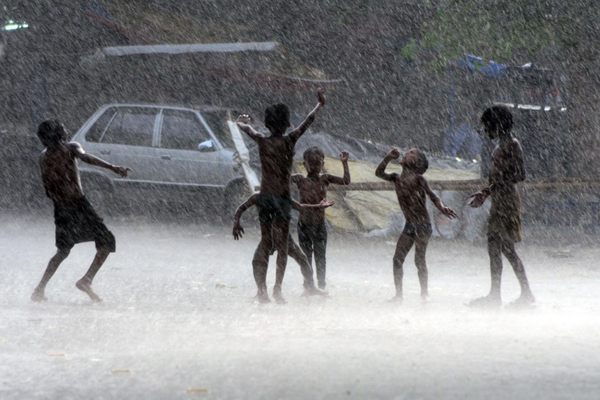
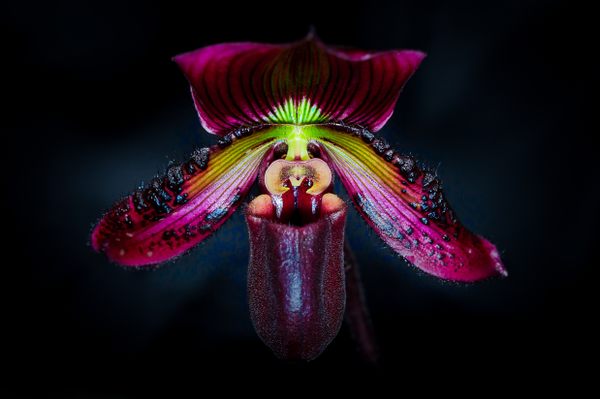


























Follow us on Twitter to get the latest on the world's hidden wonders.
Like us on Facebook to get the latest on the world's hidden wonders.
Follow us on Twitter Like us on Facebook